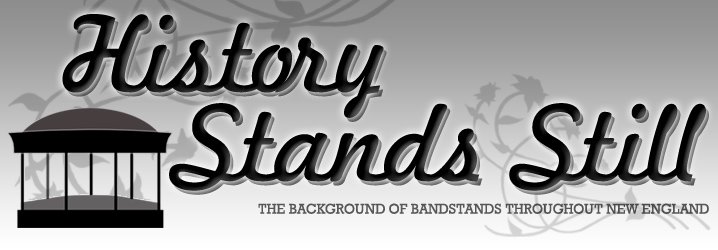GRAFTON MA
Grafton Commons
Built - 1935



Grafton was originally part of the Hassanamesit Indian tribe's territory until the last remnant of the tribe's land dwindled down to nothing but a memory. From 1630 to 1930 - 3 1/2 acres of the town was set aside as the tribe's official reservation and burial ground for a few of those original tribal members who had remained in the area. That parcel of land is still a historic landmark and the Cisco Long House sits on the land which is a re-creation of a house the Pilgrims lived in in the 1620s. Part of the cellar of the museum is where a cave still remains which was a dwelling of the tribe 4 centuries ago. There are still a few residents in the area who have Hassanamesit blood in them and do get together on occasion to relive their ancestors' past.
Originally the town of Grafton was called Hassanamesit but was changed in the 1600s by then Governor Belcher who chose the name in honor of a British nobleman - Charles Fitzroy, Duke of Grafton.
It is claimed by the citizens of Grafton that the town is the home of the original Valentine which was contrived by a Jonathan Taft who has been given the title "Father of the Valentine." However, this has been refuted by citizens of Worcester who claim that a resident of their city, Esther Howland, was in fact the originator of the Valentine. Samples are kept in a Worcester museum, but there is no real documentation around to verify just which of the two individuals can take credit for the idea.
Grafton's "Gazebo" is quite a famous one in these parts since it was built back in August of 1935 by local carpenters for MGM Pictures of Hollywood who shot parts of a movie 'Ah Wilderness" in Grafton center using the gazebo as a major prop for the movie. The bandstand, in the center of the Common, stands as both a memory to those exciting days for the town in 1935 and as a trademark for the town. Metro-Goldwyn-Mayer had the bandstand erected and left it as a "thank you' to the town for their cooperation in the making of the film. Many residents of the town even were hired at $3 per day to fill in as extras especially during the filming of the 4th of July celebration.
The town has had at least two others near the spot and the current "landmark" is still used for many band performances and is a scenic and photographic spot for weddings. The bandstand was also used during World War 2 for war bond drives.
INFORMATION SUPPLIED BY:
Harold P. Richardson, President
Grafton Historical Society

No comments:
Post a Comment